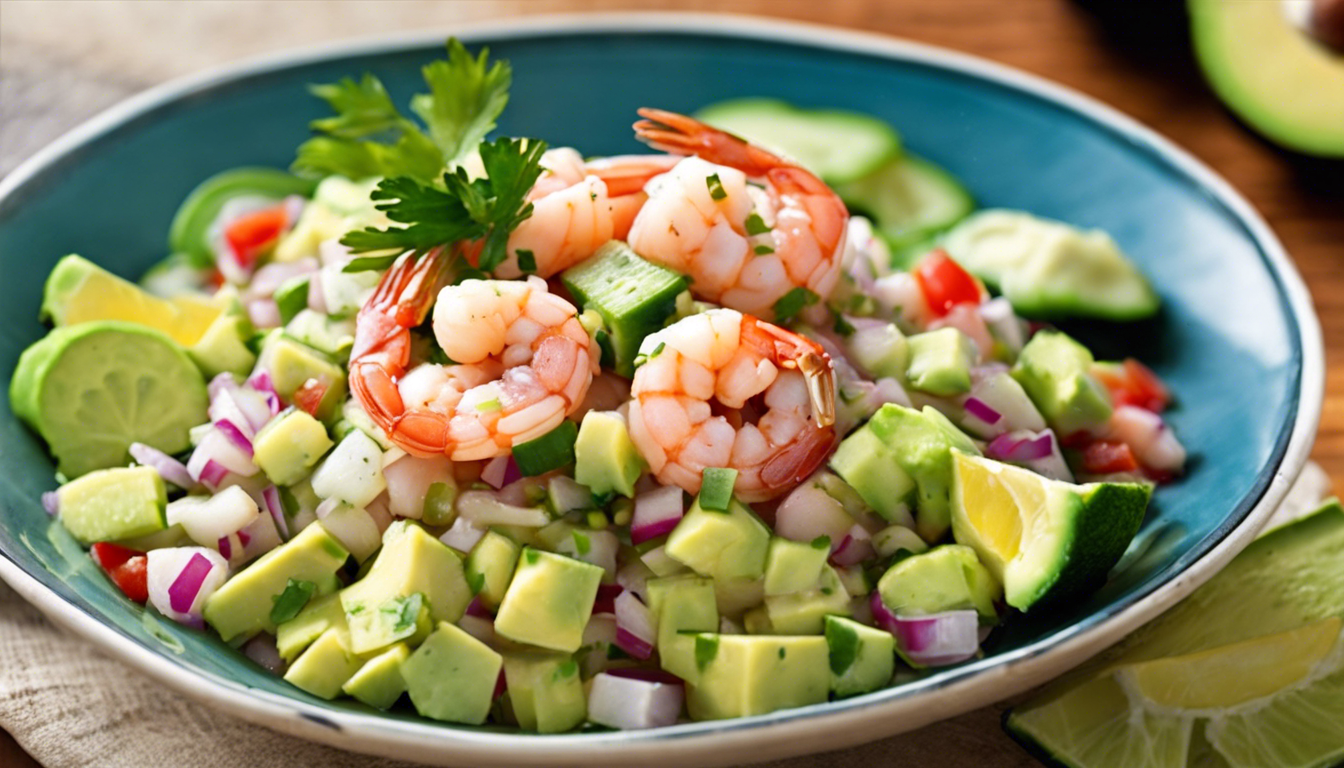
What is Celiac Disease?
Celiac disease is a serious autoimmune disorder where the ingestion of gluten leads to damage in the small intestine. When individuals with celiac disease eat gluten—a protein found in wheat, rye, and barley—their body mounts an immune response that attacks the small intestine. Over time, this reaction damages the intestinal lining and prevents it from absorbing some nutrients, a condition called malabsorption.
The implications of this malabsorption can be wide-ranging, leading to complications like anemia, osteoporosis, and neurological or reproductive issues. Moreover, if left untreated, celiac disease can increase the risk of developing other autoimmune diseases, such as Type I diabetes and multiple sclerosis, among others.
Understanding the genetics behind celiac disease is a key factor in comprehending its complexity. Celiac disease is hereditary, meaning it runs in families. People with a first-degree relative with celiac disease have a higher risk of developing the condition. However, having the genes associated with celiac disease doesn’t guarantee its onset. Environmental factors, like gastrointestinal infections or the amount of gluten consumed during early childhood, might play a role in triggering the disease.
It is critical to differentiate between celiac disease and gluten sensitivity or wheat allergy because the management and long-term implications of each vary greatly. While celiac disease has a specific biomarker and intestinal damage that can be confirmed through diagnostic tests, gluten sensitivity often gets diagnosed when both celiac disease and wheat allergies are ruled out. Those with gluten sensitivity may experience symptoms similar to celiac disease, but without the intestinal damage.
Embracing a gluten-free lifestyle is not just a dietary choice for people with celiac disease—it’s a mandatory change to protect their health. Understanding labels, avoiding cross-contamination, and being vigilant about the ingredients in foods becomes a daily routine. It requires a solid grasp of which foods are naturally gluten-free, which foods are at risk of containing hidden gluten, and which grains can safely be included in a gluten-free diet.
Living gluten-free isn’t limited to diet adjustments only; it has broader implications, such as navigating social situations, traveling with dietary restrictions, and explaining the condition to others who may not be familiar with it. It is a condition that invites individuals to educate themselves and those around them, ensuring a safe and healthy environment that accommodates their dietary needs.
In sum, celiac disease calls for a comprehensive understanding and adjustment of lifestyle choices. From what may appear as a restrictive diet emerges an opportunity for individuals to discover a variety of nutritious, whole foods that not only maintain their health but also satisfy their palate.
Symptoms and Diagnosis of Gluten Intolerance
Identifying whether someone is suffering from gluten intolerance or celiac disease involves recognizing a variety of symptoms that can range from mild to severe. These symptoms cover a wide array of bodily systems because celiac disease can affect more than just the digestive system due to its nature as an autoimmune disorder.
Common symptoms of gluten intolerance may include gastrointestinal problems such as bloating, gas, diarrhea, and abdominal pain. Yet, they can also extend beyond the digestive tract, leading to headaches, fatigue, joint pain, and skin rashes like dermatitis herpetiformis. Some individuals may experience ‘brain fog’, a term used to describe the feeling of being mentally sluggish or unable to concentrate.
In contrast to these symptoms, diagnosing celiac disease or non-celiac gluten sensitivity often requires a more structured approach. For celiac disease, doctors typically start with a blood test to look for antibodies common in celiac disease—specifically anti-tissue transglutaminase antibodies (tTG-IgA). If the test results suggest celiac disease, an endoscopic biopsy of the small intestine may be performed to look for damage to the villi, the tiny fingerlike projections that line the gut and assist in nutrient absorption.
If the blood test and biopsy come back positive for celiac disease, it confirms the diagnosis, and a strict, life-long gluten-free diet will be required. For non-celiac gluten sensitivity, no definitive test currently exists. Diagnosis is primarily reached through a process of elimination, ruling out celiac disease and wheat allergy with appropriate tests. An individual may be asked to follow a gluten-free diet to see if symptoms improve, which can indicate sensitivity to gluten.
It is imperative to consult with a healthcare provider before starting a gluten-free diet for diagnostic purposes. Beginning the diet prematurely might interfere with tests for celiac disease, leading to false-negative results. A full screening should be completed while the individual is still consuming gluten to ensure the most accurate diagnosis.
This journey to diagnosis can be frustrating and time-consuming for many, with the challenge of facing symptoms without a clear understanding of their cause. Nonetheless, once diagnosed, individuals can make informed decisions about their diet and lifestyle to mitigate their symptoms and enhance their quality of life.
The gluten-free diet is not just a fad for those with gluten-related disorders; it is a medical necessity. Misunderstanding this can lead to underestimating both the severity of the conditions and the dedication required to manage them properly. While those without gluten intolerance or celiac disease may choose a gluten-free diet for other perceived health benefits, for those with gluten-related disorders, adhering to a strict gluten-free diet is the only effective treatment to prevent symptoms and complications.

Treatment and Management of Gluten-Related Disorders
The backbone of managing celiac disease and non-celiac gluten sensitivity is a strict, lifelong adherence to a gluten-free diet. This means eliminating all sources of gluten, including wheat, rye, barley, and derivatives of these grains, from one’s diet. For those diagnosed with these conditions, this dietary restriction isn’t optional—it’s essential for their long-term health and well-being.
One of the first steps in adapting to a gluten-free lifestyle is education. Individuals must learn to read food labels vigilantly to identify gluten-containing ingredients, which can be hidden in products under names such as malt, brewer’s yeast, and wheat starch. Food manufacturers do not always label products clearly, so knowledge is power when ensuring safety from gluten exposure.
Moreover, cross-contamination is a significant concern for people with gluten-related disorders. Cross-contamination can happen in various ways: at home by using the same toaster for gluten-free and regular bread, or at restaurants where the kitchen uses the same utensils or fryers for all foods. To mitigate these risks, individuals must be diligent about the preparation and handling of their food. They should also communicate their dietary needs to staff when dining out to ensure that their meals are indeed gluten-free.
Thankfully, due to increasing awareness, there are now many gluten-free alternatives available in supermarkets and restaurants. From pasta and bread to cereals and snacks, a variety of specialty gluten-free products can help ease the transition. However, it’s important not to solely rely on processed gluten-free foods, as they can be high in sugars and fats. Instead, a balanced diet rich in fruits, vegetables, lean proteins, and naturally gluten-free grains such as rice, quinoa, and corn is advisable.
Nutritional deficiencies are a common concern for those newly diagnosed with celiac disease, due to the damage sustained by their intestines and the subsequent malabsorption issues. After starting a gluten-free diet, the healing process begins, but it is often recommended to include vitamin and mineral supplements under the guidance of a healthcare professional to address any deficits.
A major challenge for many is the social and emotional impact of living with a gluten-related disorder. It can be isolating to watch others eat foods you cannot, or to feel like an inconvenience when asking for special accommodations. Building a support system through local or online communities can provide comfort and practical advice from others who understand the lifestyle.
Educational resources, such as cooking classes and workshops, can also help individuals embrace their new dietary requirements in an enjoyable and creative way. Experimenting with gluten-free recipes or discovering international cuisines that naturally have few gluten-containing foods can be a delightful aspect of the gluten-free journey.
Ultimately, while the treatment and management of gluten-related disorders impose a significant dietary change, they also present an opportunity to embrace a healthier lifestyle, learning more about nutrition, and finding new and fulfilling ways to enjoy food within the parameters of a gluten-free diet.
Living with Gluten Sensitivity: Dietary Changes and Tips
Transitioning to a gluten-free lifestyle means rethinking the way you shop, cook, and eat. Successful dietary changes start with retooling your pantry, making sure that it’s filled with gluten-free staples. Begin with naturally gluten-free whole foods like meats, fruits, vegetables, and dairy. Next, add in grains and starches such as potatoes, rice, quinoa, and certified gluten-free oats.
Understanding food labeling is vital. Look for the “gluten-free” certification on packaged foods, but don’t stop there. Sometimes, products might be gluten-free by ingredient but not certified due to potential cross-contamination risks during manufacturing. Learning to spot the less obvious sources of gluten, like in soy sauce, salad dressings, or marinades, will become second nature with practice.
When it comes to baking, conventional flours are off-limits, but that doesn’t mean you can’t enjoy homemade cookies, cakes, or bread. Gluten-free flour blends made from rice, almond, or coconut flour are readily available. Pay close attention to recipes, as gluten-free flours have different consistencies and might require additional binders like xanthan gum or eggs.
Cooking at home offers the most control over what you eat, but that doesn’t mean dining out is impossible. When eating out, it is crucial to communicate your dietary restrictions clearly to the restaurant staff. Don’t hesitate to ask questions about menu items and how they’re prepared. Some restaurants offer gluten-free menus, but always confirm that they use separate preparation areas and utensils to avoid cross-contamination.
Traveling on a gluten-free diet requires extra planning. Pack snacks and staples for road trips or flights. Research restaurants and grocery stores with gluten-free options at your destination beforehand. Mobile apps dedicated to the gluten-free community can also be a lifesaver when you are looking for safe dining options on the go.
It’s important to involve your friends and family in your gluten-free journey for emotional support and to ensure safe meal sharing experiences. Educate them about your needs so that social gatherings continue to be enjoyable rather than stressful. Many people are willing to accommodate once they understand the seriousness of your condition.
Lastly, embrace the gluten-free lifestyle as a positive change. While it may seem daunting at first, many people find they feel better and enjoy the creativity that comes with exploring new foods and cooking methods. Gluten-free living can be flavorful, nutritious, and incredibly satisfying if approached with the right attitude and information.